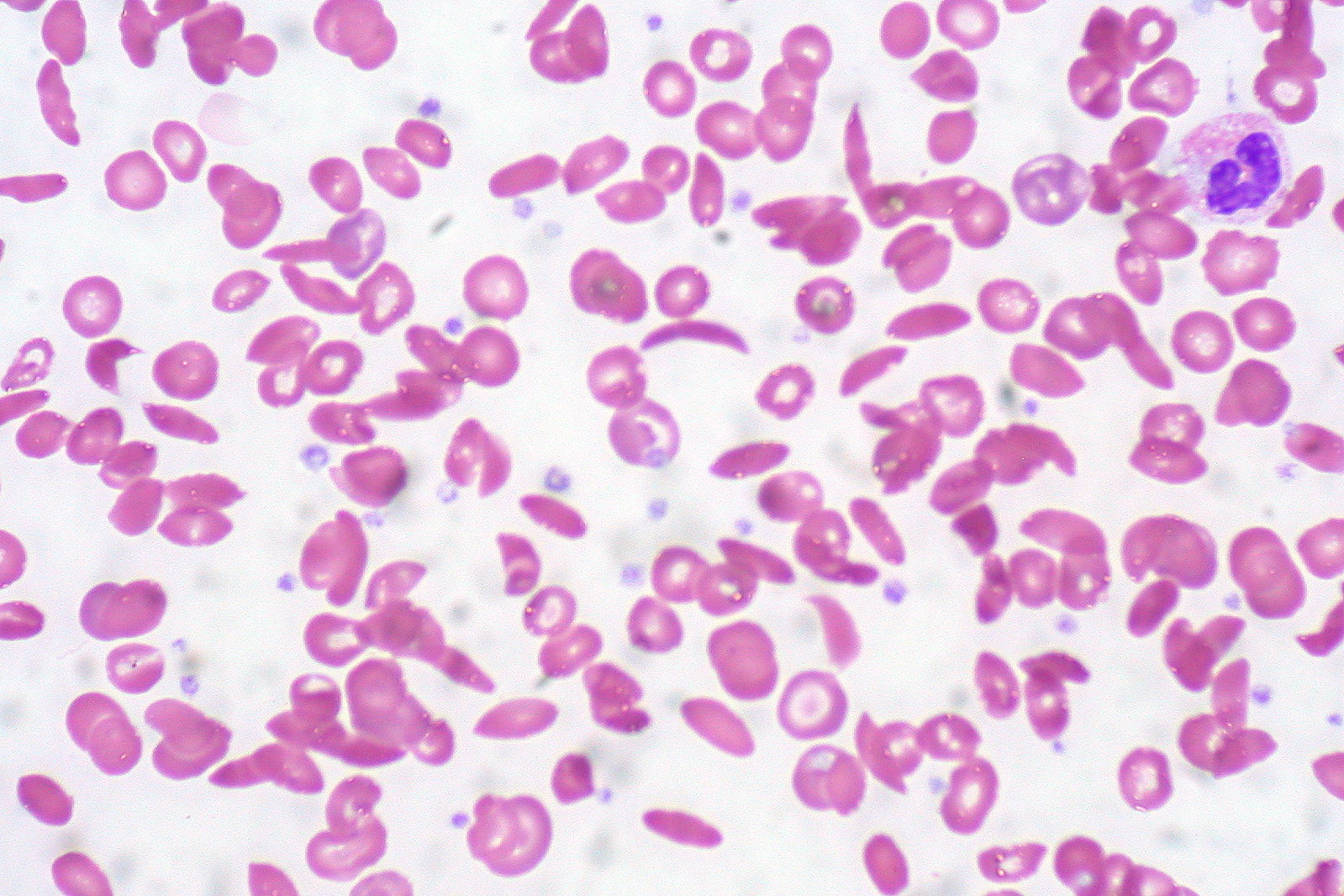Playlist
Show Playlist
Hide Playlist
Sickle Cell Anemia: Vaso-occlusive Crisis
-
Slides Sickle Cell.pdf
-
Reference List Pathology.pdf
-
Download Lecture Overview
00:01 Now, what is this vaso-occlusive crisis? This is a pain crisis. 00:05 To the point where - pay attention. 100% SS. 00:12 What does that mean? Homozygous. 00:15 Which one is this? Is it the trait or the disease? Disease. Good. 00:20 And so how will the boards perhaps give you a question here? Excess opioid consumption. 00:25 Uh-oh, who's at risk in the brain? What center? Good. 00:31 The respiratory center is at risk. 00:33 Shut it down, you'll worry about hypoventilation. Clear? Let's continue. Acute chest syndrome, all part of your vaso-occlusive crisis. 00:42 Hypoxemia caused by the lack of blood flow. 00:46 Understand the concept then plug in the organ systems. Stroke. You tell me why. 00:54 Vaso-occlusive crisis up in the carotid. 00:58 Maybe there isn't sufficient blood flow. No joke. 01:03 Autosplenectomy, what happened? Spleen dies. Extravascular hemolysis. 01:10 How would you know the spleen is being involved histologically? It's called the Howell-Jolly body. 01:16 You're going to find this very dark basophilic inclusion inside the cell which to you means, "Oh, no, the spleen is now involved." You're worried about what kind of organisms? Encapsulated. 01:29 Give me one organism that will then start of a cascade of that list of encapsulated organism. 01:34 Streptococcus pneumonia, Klebsiella pneumonia, haemophilus influenzae. Right? Those are encapsulating. 01:42 And then we talked about 100% of those sickle cell disease patients, autosplenectomized by adulthood. 01:51 Painful priapism all part of vaso-occlusive crisis. 01:55 What's that mean? For hours there's painful erection.
About the Lecture
The lecture Sickle Cell Anemia: Vaso-occlusive Crisis by Carlo Raj, MD is from the course Hemolytic Anemia – Red Blood Cell Pathology (RBC).
Included Quiz Questions
Patients with sickle cell disease who have had autosplenectomy due to chronic vaso-occlusive crisis are particularly susceptible to infection by which category of pathogens?
- Encapsulated bacteria
- Noncapsulated bacteria
- Anaerobic bacteria
- Oxidase-positive bacteria
- Catalase-positive bacteria
Which of the following conditions is NOT commonly a result of vaso-occlusion from sickle cell disease?
- Optic neuritis
- Pain crises
- Acute chest syndrome
- Stroke
- Autosplenectomy
Which of the following findings on peripheral blood smear most strongly indicates autosplenectomy?
- Howell–Jolly bodies
- Schistocytes
- Rosette formation
- Heinz bodies
- Pappenheimer bodies
Which of the following hemoglobin changes causes sickling of the erythrocytes under conditions of low oxygen tension?
- Polymerization
- Condensation
- Depolymerization
- Decondensation
- Cross-linking
Customer reviews
5,0 of 5 stars
| 5 Stars |
|
5 |
| 4 Stars |
|
0 |
| 3 Stars |
|
0 |
| 2 Stars |
|
0 |
| 1 Star |
|
0 |




